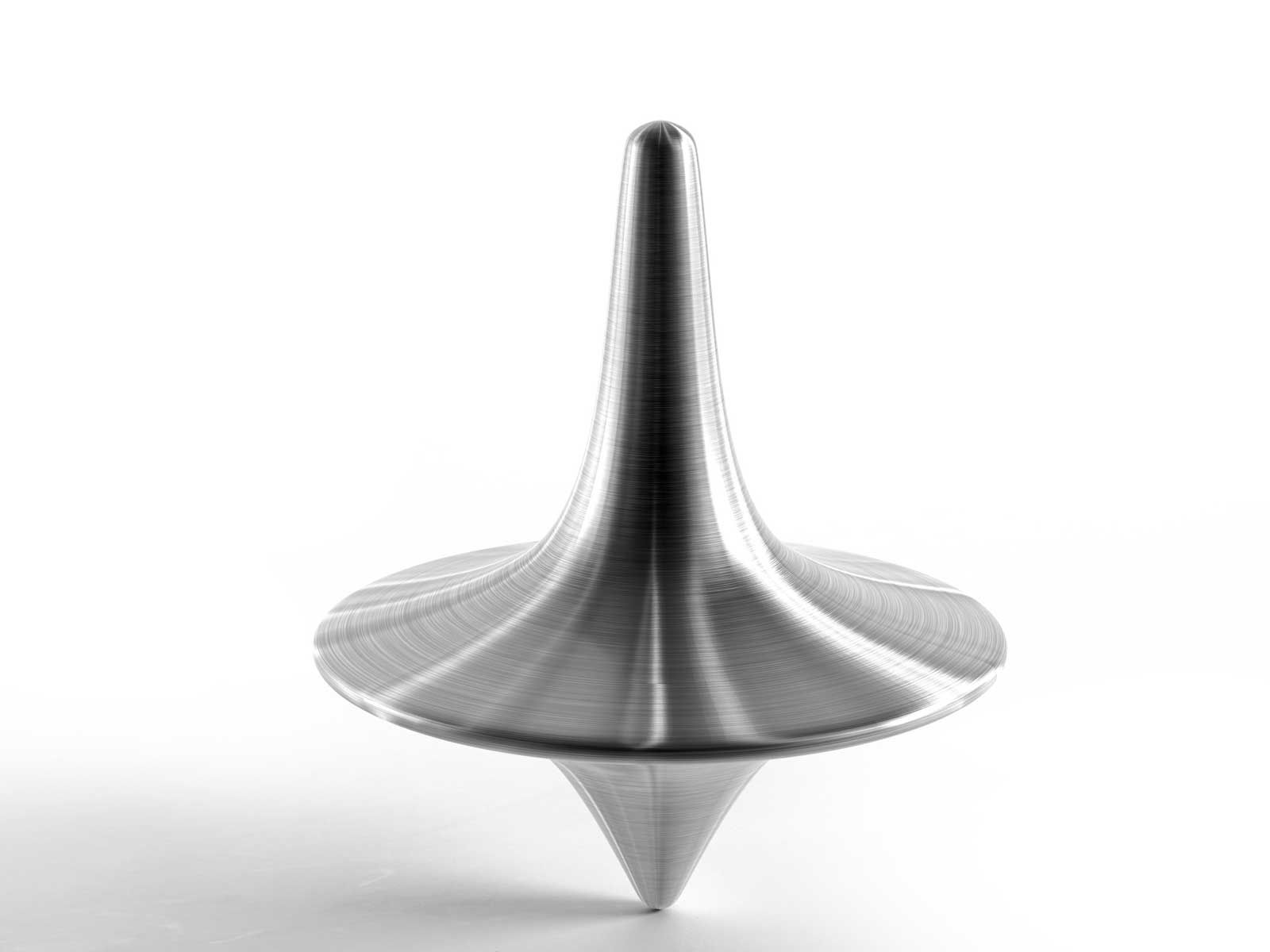Stability, Change, and Sustainability
Nature is filled with examples of stability and change. The moon changes its position in the sky every night, yet follows the same orbit around the Earth year after year. The traits of a species seem to stay the same year after year, but over thousands of years they evolve and change. What helps a system to remains stable? What forces a system to change? How are stability and change connected? Watch the video above and consider these questions.
Stability, change, and sustainability
All systems are characterized by stability and change. Systems are stable when all of the inputs and outputs are in balance so that internal processes can continue at a steady state. Change occurs when the inputs and outputs are not in balance so that internal processes are also changing. Change may also occur when feedback, a connection between the outputs and the inputs, causes further change.
A system is said to be sustainable when it is stable and likely to continue being stable long into the future. Sustainable systems recycle matter continuously and have endless sources of energy to power them. If any of the matter is not recycled or the source of energy is nonrenewable, the system is unsustainable over the long term. Is this spinning top stable? Is it sustainable?
Static Equilibrium
A system can be motionless and unchanging - a situation called static equilibrium. A simple example is a a ladder leaning against a wall.
Dynamic Equilibrium
Systems can also be in dynamic equilibrium - with many inputs and outputs that are balanced such as the water level in a pond with a stream flowing into it and another out of it. Change occurs when the inputs and outputs become unbalanced.
